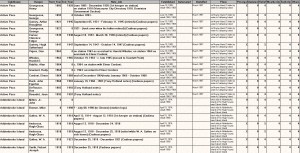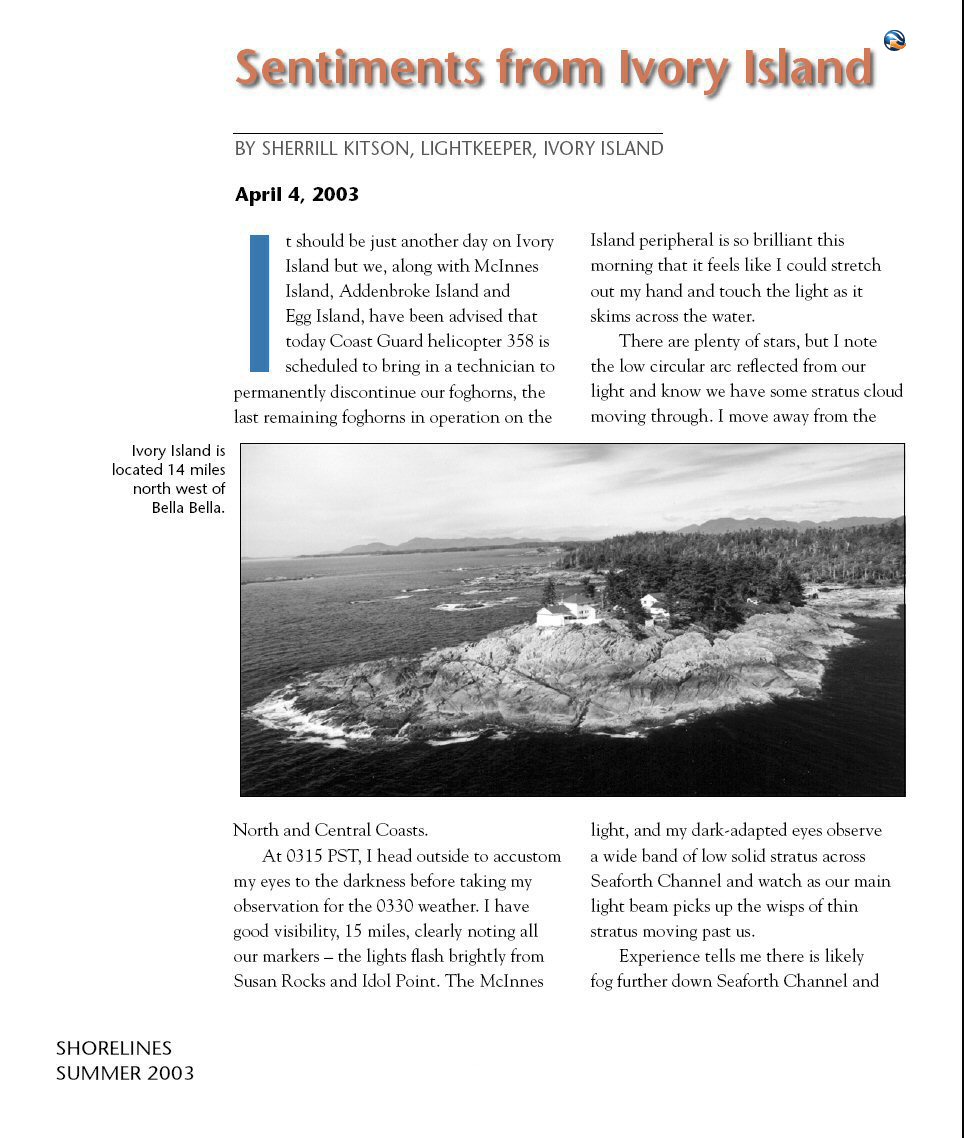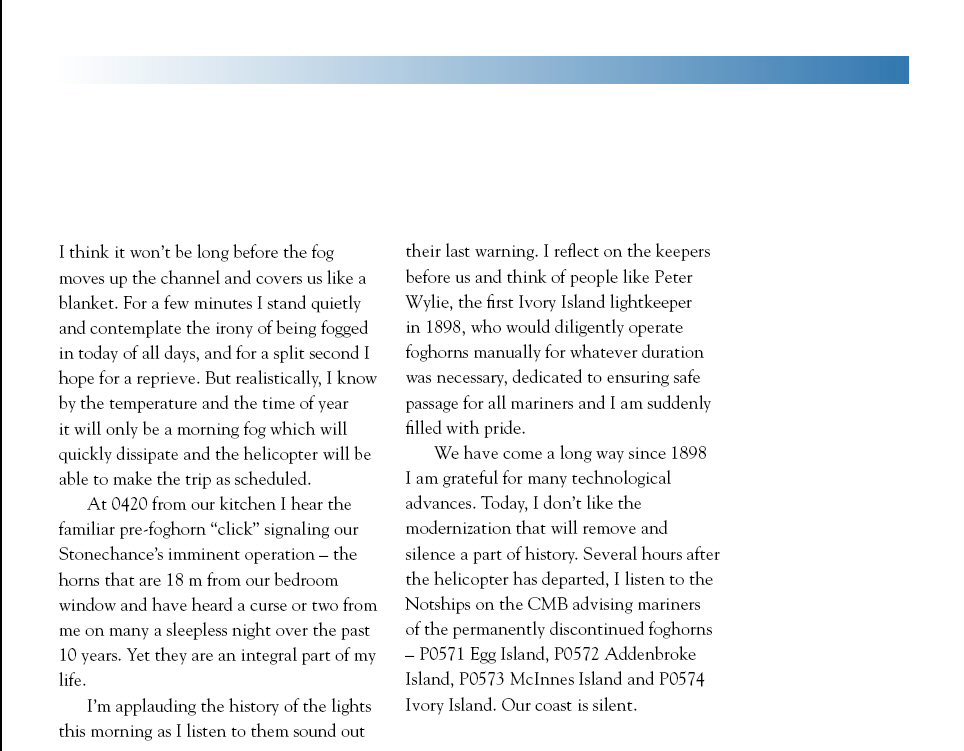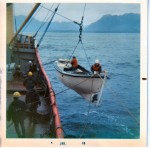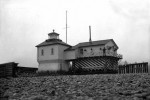 When my wife Karen and I started on Pulteney Point in 1969 the house was supplied with a beautiful white porcelain enamel Enterprise oil cook stove. Ms. Enterprise had a “polished cast iron cook top, roomy storage drawer, even heat porcelain oven, no-fog oven window” 1 and a high shelf above the cooking surface. As the lighthouse generators ran on diesel, the stove (and oil-burning furnace) had been modified for burning this fuel.
When my wife Karen and I started on Pulteney Point in 1969 the house was supplied with a beautiful white porcelain enamel Enterprise oil cook stove. Ms. Enterprise had a “polished cast iron cook top, roomy storage drawer, even heat porcelain oven, no-fog oven window” 1 and a high shelf above the cooking surface. As the lighthouse generators ran on diesel, the stove (and oil-burning furnace) had been modified for burning this fuel.
Never having used one of these stoves before we did not not have very good luck cooking on it at first. This talent improved over the years and later we had great success with our cooking and we fell in love with our oil stove. Continue reading The Love of My Life – Ms. Enterprise!


